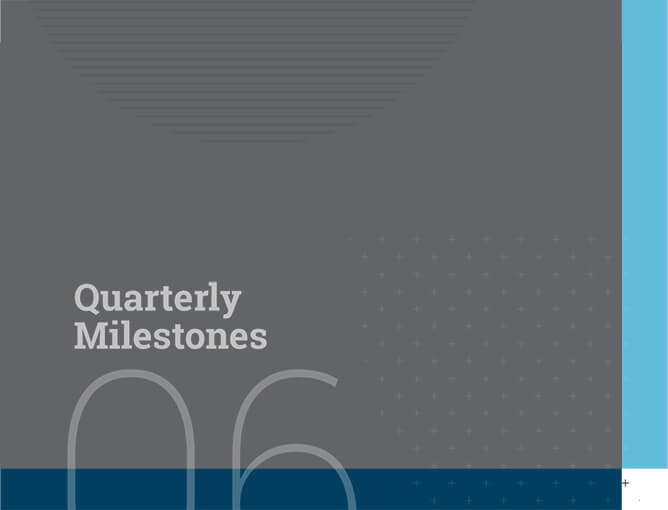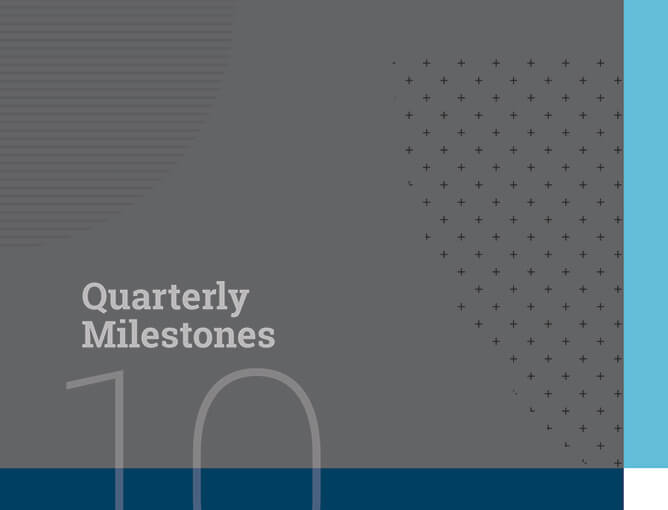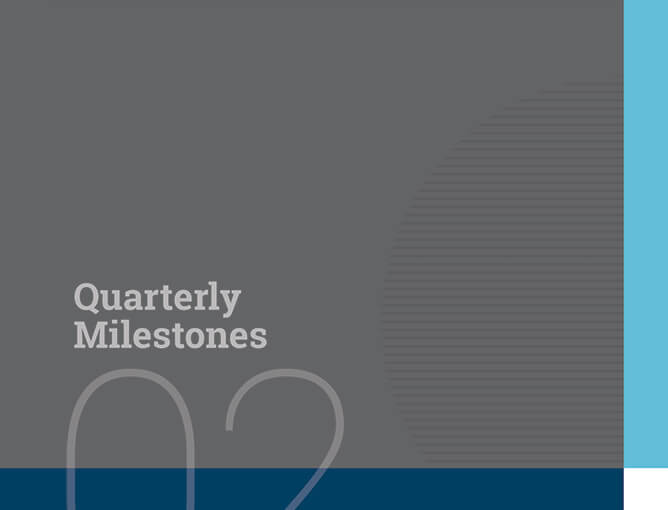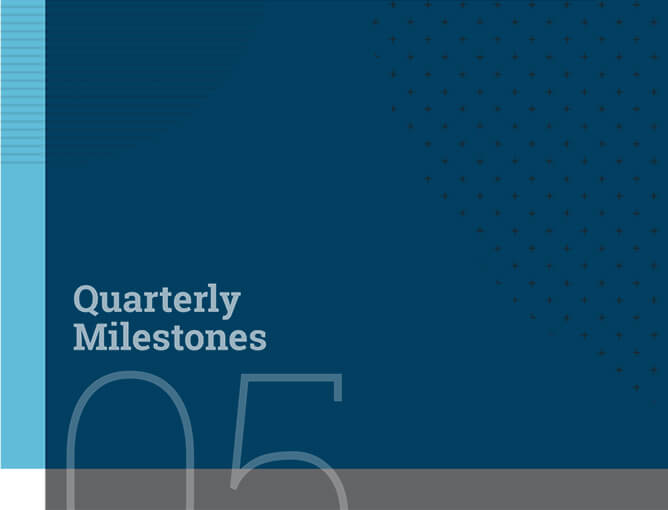
Shruti RajanPartner

Khyati GoelAssociate

Harishankar RaghunathAssociate
The third quarter of 2022 recorded several developments on the financial regulatory front. Online bond trading platforms have now been positioned under the regulatory purview of the Securities and Exchange Board of India (SEBI). Recent events in the mutual fund space have also prompted SEBI to include trading in mutual fund units within the insider trading framework – a move that has prompted much discussion and comments from relevant stakeholders. The Reserve Bank of India (RBI) has also kept up – the central bank released guidelines governing digital lending, an increasingly popular mode of acquiring credit in today’s economy.
Key Developments
-
Introduction of regulatory framework for online bond trading platforms
In response to the mushrooming of unregulated online bond trading platforms (BTPs) in the Indian debt market, SEBI issued a consultation paper (Consultation Paper) outlining regulatory actions proposed to be initiated with respect to BTPs, including mandatory registration of BTPs with SEBI, restricting BTPs’ offerings to listed debt securities, and routing transactions executed on such platforms in a manner that mitigates settlement risk. Additionally, the Consultation Paper proposed to lock-in debt securities issued on a private-placement basis for a period of six months.
In its board meeting held on 30 September 2022, SEBI approved a mandate to require BTPs to register with SEBI as stockbrokers in the debt segment.
While the precise contours of this regulatory framework will be known when the detailed procedural circular is published, it is expected to largely follow the principles enunciated by the Consultation Paper. While SEBI is hopeful that this move will strengthen investor confidence in such platforms and enable active participation in the burgeoning debt market, there may be resistance from the market participants in light of the increased regulatory obligations, such as adhering to KYC requirements, maintaining minimum net worth and deposit limits as prescribed, and complying with the other attendant requirements of a stock-broker.
-
Inclusion of mutual fund units within the insider trading framework
In a move that upends long-established jurisprudence on insider trading, SEBI on 8 July 2022 proposed including trading in mutual fund units within the purview of the SEBI (Prohibition of Insider Trading) Regulations, 2015 (PIT Regulations). The consultation paper (PIT Consultation Paper) proposed a host of regulatory tweaks and changes to the PIT Regulations such as the inclusion of a new chapter, and amendment of terms and definitions to include mutual fund units.
In line with the proposed framework, on 30 September 2022, SEBI approved the proposal to include a new chapter in the PIT Regulations, which shall contain mutual fund-specific definitions of unpublished price sensitive information (UPSI) and generally available information, among other changes. Any person associated with the mutual fund having direct or indirect access to UPSI or any immediate relative of such person, officials or employees will now be subject to the PIT Regulations. A code of conduct shall also be put in place to govern designated persons with respect to mutual funds, and reporting requirements will be instated to monitor transactions in mutual funds by designated persons.
SEBI’s grouse with the current insider trading regime is spelt out in the PIT Consultation Paper – key personnel of fund houses redeeming their personal holdings in the fund houses’ schemes upon the receipt of insider information. The move has received mixed reactions from market participants, with many expressing concerns about the excessive stifling of investment opportunities for designated persons. However, SEBI hopes that its decision will curb the abuse of insider information in mutual funds and has tried to balance the competing interests of regulatory scrutiny and unitholder convenience.
-
RBI introduces guidelines on digital lending
With digital lending increasingly gathering steam as the preferred lending channel in the country, the RBI has introduced guidelines to curb the spate of unethical lending practices that currently plague the digital lending ecosystem (Digital Lending Guidelines). Issued on 2 September 2022, the Digital Lending Guidelines put in place customer protection requirements, mandate certain disclosures to be made and formulate grievance redressal mechanisms such as the appointment of a nodal grievance redressal officer. Honing in on the digital aspect of the lending activity sought to be regulated, the guidelines also focus on data protection. They allow lenders to store only basic information, such as names and contact details required for processing the loan; storage of biometrics or access to mobile phone resources such as contact lists and files is not permitted. The Digital Lending Guidelines also enumerate other mechanisms intended to ensure that customers are informed and aware of their rights, and that arbitrariness and unfair practices are not prevalent in the digital lending sphere.
With the Digital Lending Guidelines, the RBI aims to keep up with the increasing usage of online tools for financial tasks while protecting the interests of the investor. While the guidelines apply immediately to all new digital loans sanctioned, they ease the process of transition for existing digital loans by allowing compliance until 30 November 2022.
(To read our detailed update on the RBI Press Release on digital lending, click here.)
-
Other important developments
On the judicial front, the Supreme Court pronounced one of the most consequential decisions on insider trading in SEBI v Abhijit Rajan. It held that a motive to obtain profit was a pre-requisite to establish a charge of insider trading.
Insider trading has clearly taken up a considerable chunk of SEBI’s agenda throughout this quarter – on the heels of the PIT Consultation paper, SEBI issued a circular mandating stock exchanges and depositories to freeze the PAN of designated persons upon the closure of the trading window.
The regulator has also issued a detailed framework for the social stock exchange – a novel financial innovation to help channel public funds to the non-profit sector.
SEBI has permitted foreign portfolio investors to participate in Indian Exchange-Traded Commodity Derivatives subject to certain conditions. The RBI has also revamped the overseas investment regime to cover a wider range of economic activity and reduce compliance burden.
The next quarter has started on a busy note, with the RBI announcing its intention to issue a host of discussion papers and guidelines, pertaining to the securitisation of stressed assets framework, and extension of the online payment aggregator regulations to offline payment aggregators, among others. We also expect SEBI to publish procedural circulars with respect to the inclusion of mutual funds in insider trading framework and the online bond trading platforms, which would provide much-needed clarity on the path forward with respect to several key regulatory changes. The financial regulators have also recently coordinated to release a standard operating procedure for an inter-operable regulatory sandbox, to facilitate the testing of products that fall within the purview of more than one regulator. With financial innovation increasingly becoming the norm, swift regulatory action is required to curb market excesses and protect investor wealth and safety, and the regulators seem to have oriented themselves towards this goal.












